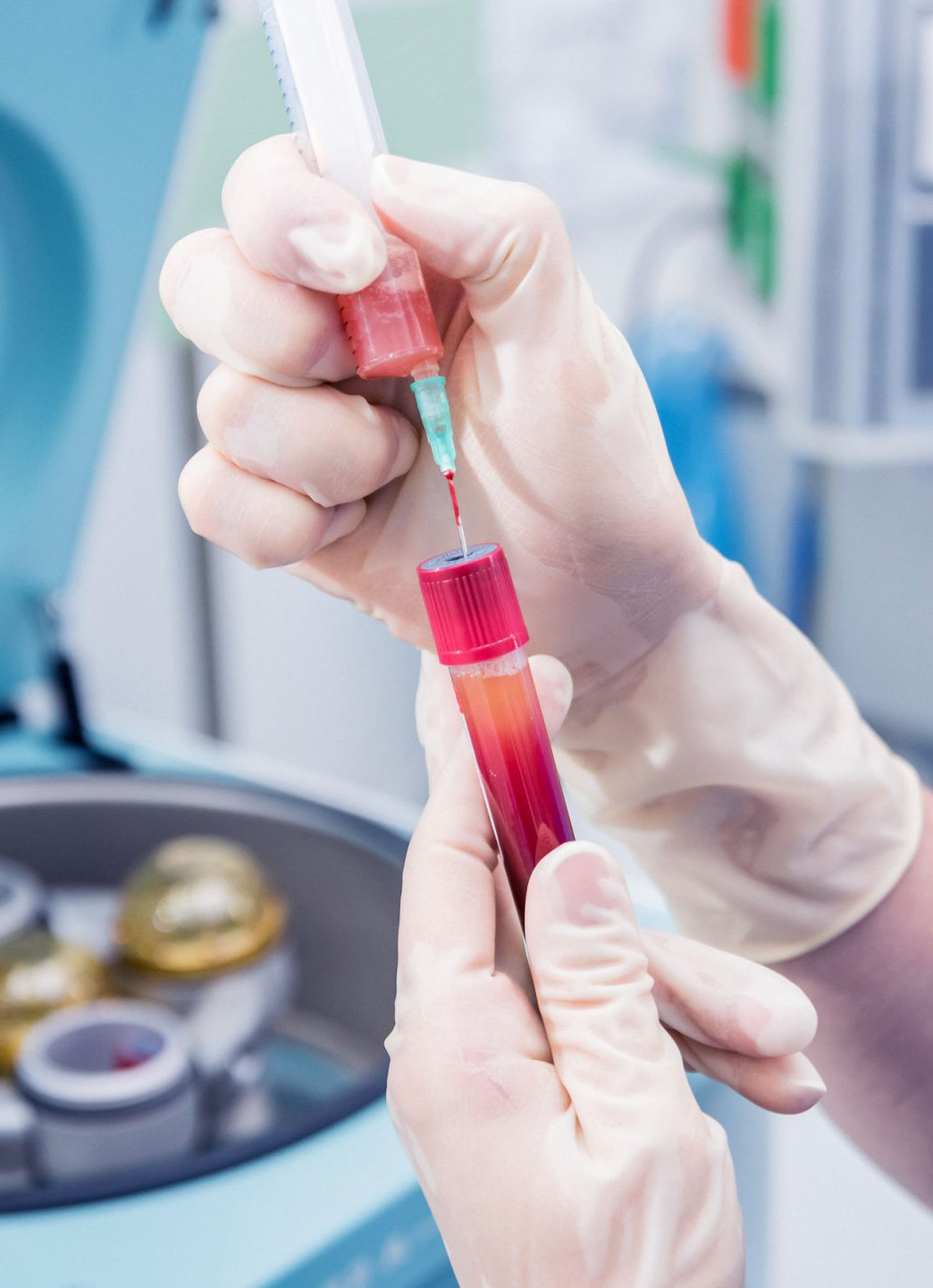The NeutroFree PRP System
An elegant double-spin closed system for processing a neutrophil-reduced LP-PRP.

Features of the DIY PRP Processing System
This PRP processing system offers a range of unique features that make it superior to traditional vacutainer and needle PRP systems, as well as most commercial PRP kits. One of the key advantages of the NeutroFree PRP System is its ability to access the buffy coat on the second spin, a feature that many commercial kits lack, which is crucial for effective neutrophil reduction.
- Closed System for Safety: Ensures maximum sterility and safety, minimizing the risk of contamination.
- Ease of Use and Accessibility: Utilizes commercially available, single-use, medical-grade components such as syringes, syringe caps, and transfer devices, making it relatively easy to learn and operate.
- Consistent and Precise Platelet Collection: Avoids the use of needles for platelet collection, relying on the precision of plungers for uniform platelet selection and recovery.
- High Platelet Concentration: Achieved with a double-spin method, ensuring higher platelet yields.
- Double Spin Method: The buffy coat is accessed after the second spin, maximizing platelet concentration and ensuring significant neutrophil reduction, a feature not commonly found in most commercial PRP kits.
- High Platelet Recovery: The first spin creates a concentrated buffy coat, ensuring higher platelet recovery after the second spin.
- Avoids Creating Platelet Pellets: The NeutroFree PRP System avoids the creation of platelet pellets, thereby limiting the inadvertent activation of platelets via mechanical force.
- Minimized Coagulation Risk: Blood is spun in the collection device itself, reducing the chance of premature coagulation by avoiding transfers.
- Buttlerfly Needle: Uses a minimum size of 21G needle for whole blood collection to further reduce coagulation risks.
- Calibrated Centrifugation: Centrifugation is calibrated to Relative Centrifugal Force (RCF), guaranteeing reliable PRP processing.
- Variable Angle Centrifuge: Uses a variable angle centrifuge to maintain horizontal separation of platelets, ensuring optimal separation and recovery.
- Advanced Biochemistry: Utilizes ACD-A anticoagulant to increase platelet lifespan and concentration and calcium gluconate for more stable thrombocyte activation.
- Pre-Collection Exercise: Physical exercise is recommended before platelet collection to increase platelet count.
- Cost-Effective: Uses off-the-shelf disposable components, making it inexpensive compared to commercial PRP kits and more accessible.
- Home-Buildable Centrifuge: Features a buildable, variable-angle centrifuge, crucial for maintaining even platelet separation.
- Research-Based and DIY-Friendly: Developed from scratch using online resources and published medical research, allowing for effective home use.
- Solo Operation: Designed to be operated entirely by one person from start to finish.
- Adaptability: Can be adapted to concentrate plasma proteins such as interleukin-1 receptor antagonist proteins (IRAP) and alpha-2-macroglobulin (A2M) using hemoconcentrators with Luer lock connections.
Problems with Vacutainer Methods and the Inability of Commercial Kits to Create Reliable LP-PRP
Using vacutainers for PRP collection, as well as the limitations of many commercial PRP kits, present several inherent problems that can compromise the quality and effectiveness of the PRP.
- Coagulation Risks: The double-ended needle and rubber sleeve in vacutainers increase the risk of blood coagulation during collection.
- Endotoxin Concerns: Vacutainers are not class III medical devices and may contain endotoxins, making them unsuitable for PRP.
- Needle Dependence: Vacutainers require needles for plasma and platelet collection, resulting in slower, less secure processing, and results in lower platelet concentration.
- Platelet Selection: Effective platelet selection is nearly impossible with needles and vacutainers. Commercial kits often lack the ability to access the buffy coat on the second spin, a critical step for achieving high platelet concentration and reducing neutrophils effectively.
- Not a Closed System: The process involves more time and is not truly closed, increasing contamination risks.

Development of the PRP Processing System
Empowerment Through Self-Sufficiency
The journey to develop this PRP processing system began with a strong belief in self-sufficiency. By studying autologous medicine, the aim is to empower individuals to take control of their health and healing processes.
Affordable Regenerative Healthcare
One of the core objectives was to make regenerative healthcare affordable. DIY PRP preparation provides an accessible alternative to expensive medical procedures, democratizing regenerative medicine for a wider audience.
Accessibility and Convenience
Accessibility and convenience were key criteria in the development process. By enabling advanced treatments at home, this system makes healing methods accessible to a broader population, removing barriers to care.
Promoting Diversity in Medical Innovation
In striving for diversity and inclusion, the research and development aims to drive innovative solutions in regenerative medicine. This ensures that advancements benefit a wide spectrum of patients and communities.
Navigating Regulatory Requirements
Developing the system involved navigating the challenges posed by regulatory requirements for acquiring crucial items. Strategies were developed to overcome these obstacles, making the preparation of PRP at home possible and safe.
Utilization of Common Materials
A focus on using readily available materials and equipment was essential. This makes DIY PRP preparation feasible for individuals in various socioeconomic backgrounds and locations, regardless of access to medical facilities.
